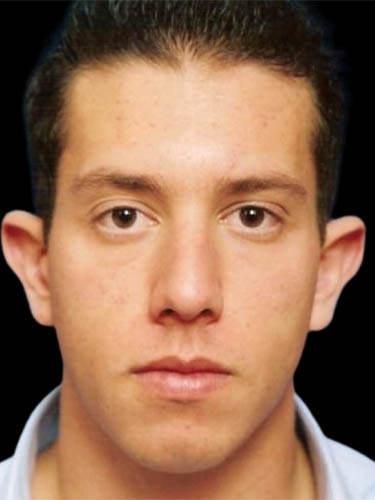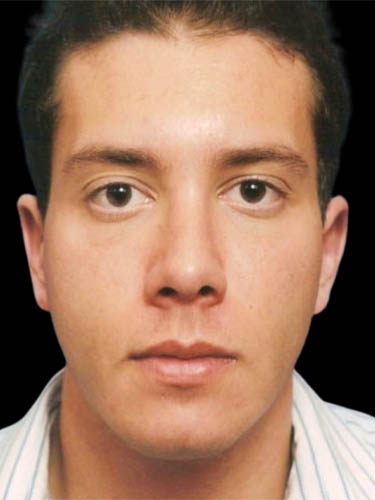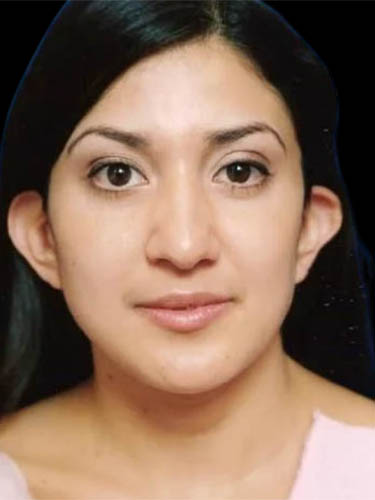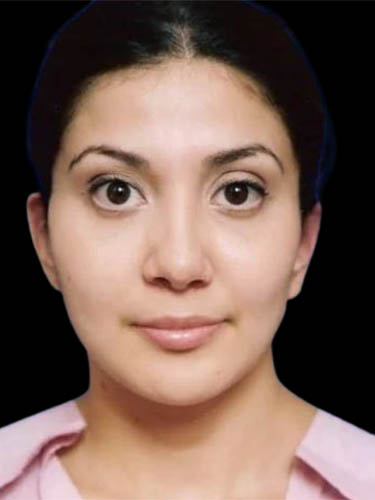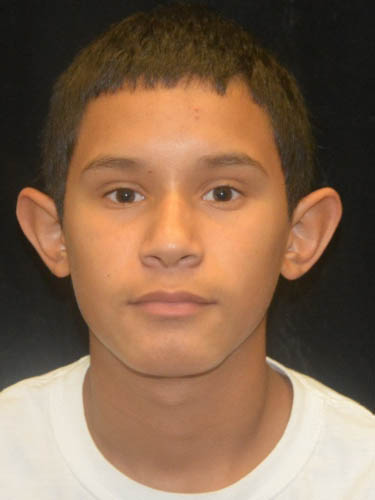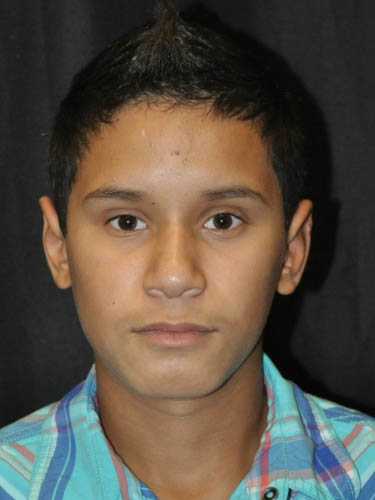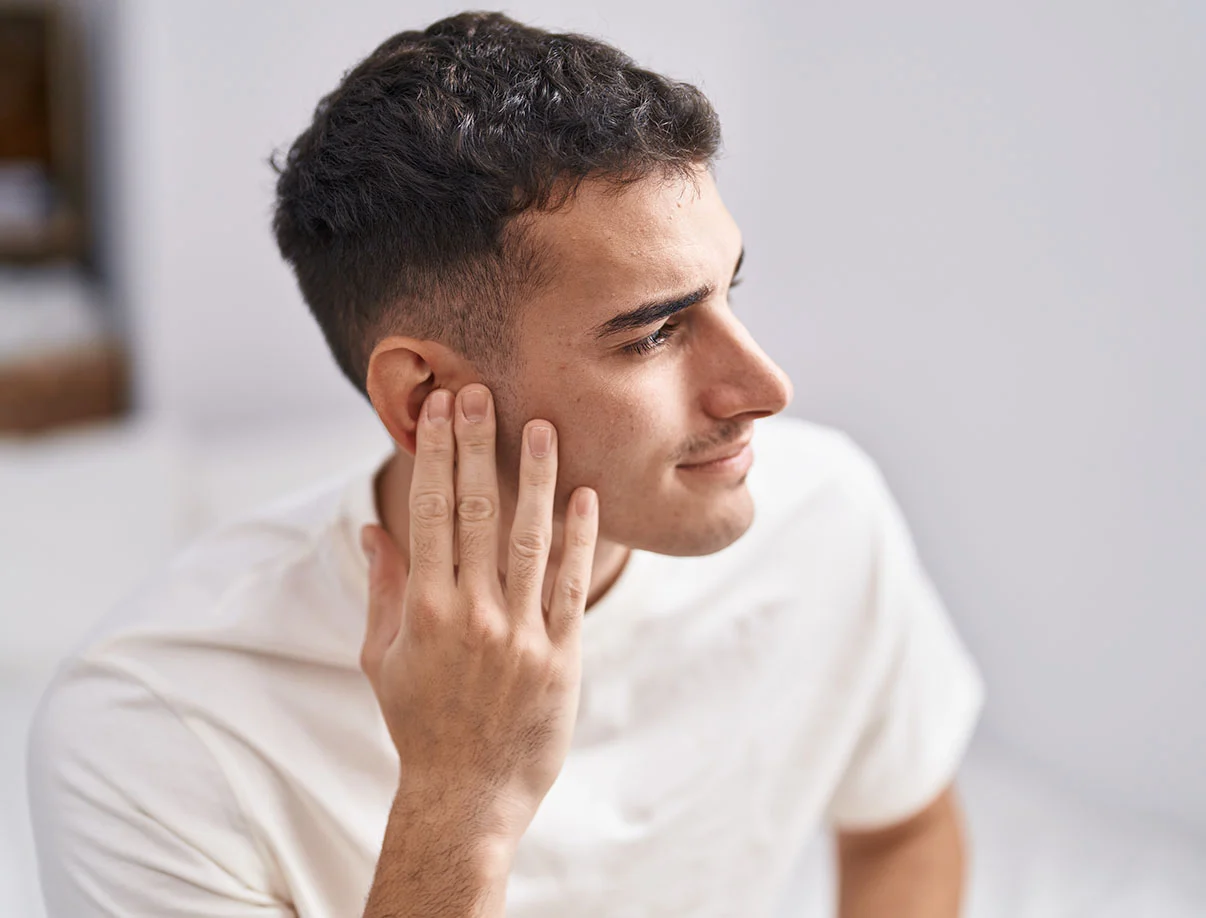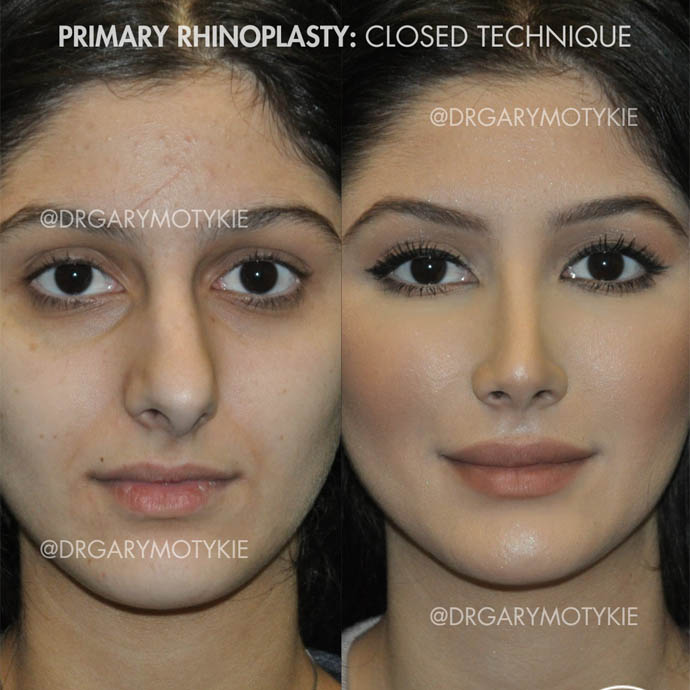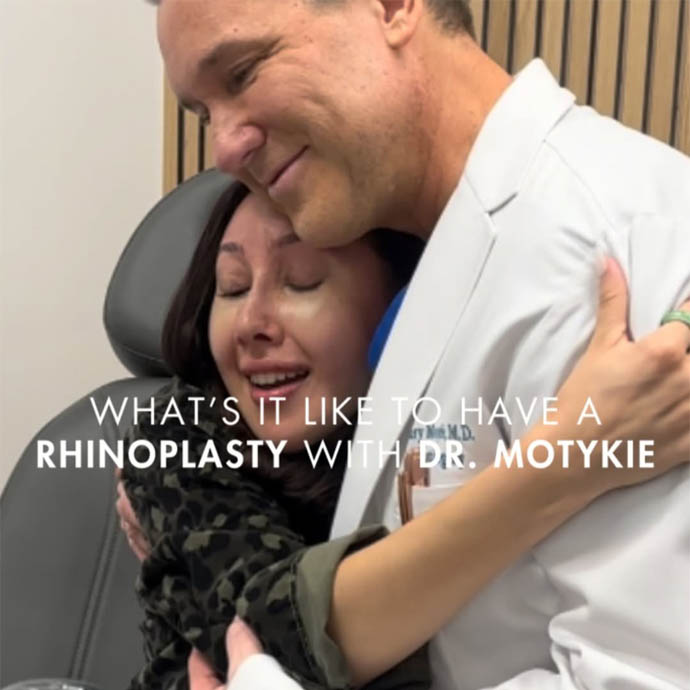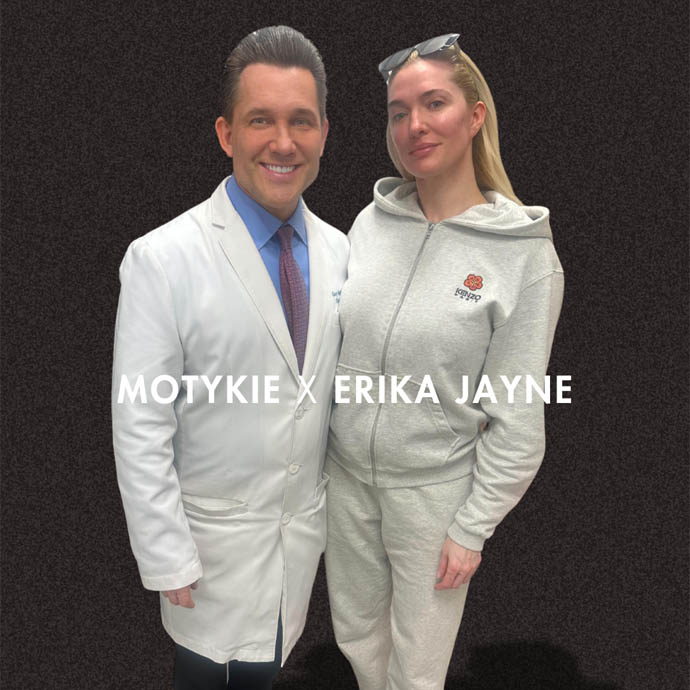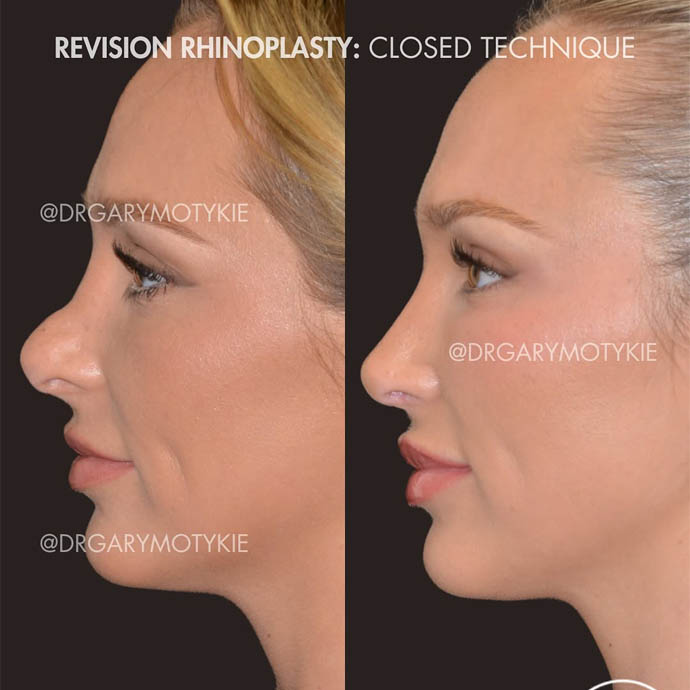During your consultation, Dr. Motykie will address your desires for otoplasty surgery and give you a clearer understanding of how the surgery may best meet your needs and expectations. Dr. Motykie will also give you an opportunity to ask him any questions you may have about otoplasty surgery and its possible benefits in your particular case. When going into your consultation, it is wise to come with questions written down and have a general understanding of the overall procedure so you can be prepared to learn as much as possible during your visit with Dr. Motykie.
Sometime during your consultation, Dr. Motykie may have you look through a book” that contains numerous photographs of different surgery results to help you determine what type of appearance you personally find attractive and which technique may best help you achieve your desired outcome from surgery. You are also encouraged to bring in photographs you may have obtained on your own from magazines or various internet websites that show the desired “look” you would like to achieve from surgery. Dr. Motykie has found that looking through these types of photographs as well as reviewing his personal surgery portfolio.
